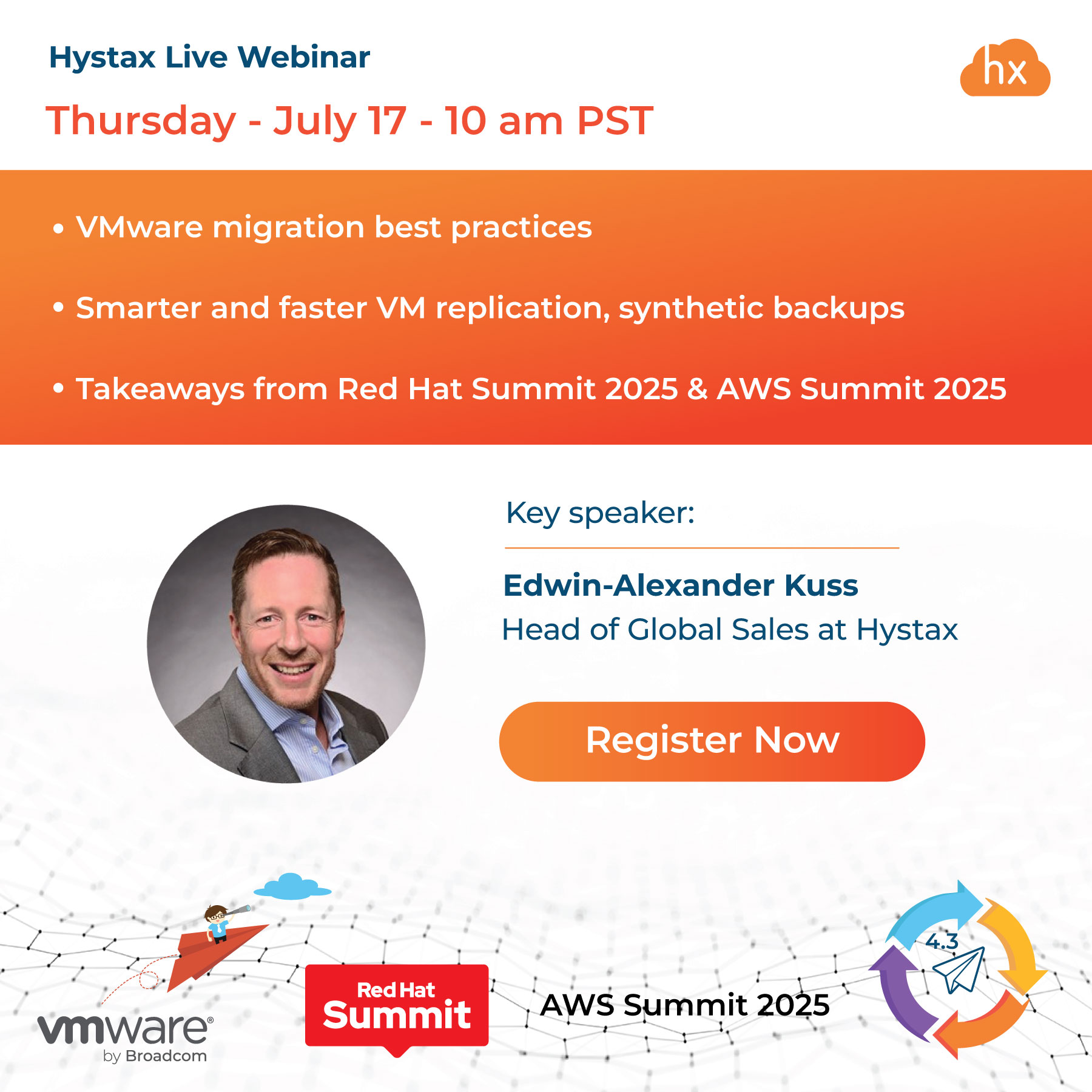“The cloud is not about paying for what you use, it is about paying for what you forgot to turn off.” This popular tweet by Deadprogrammer showcases the reality of lax cost governance of the cloud and what it means for today’s businesses.
Interestingly enough, cost reduction is one of the primary reasons businesses choose to leverage the public cloud. Businesses report an average of 16% savings when moving to the public cloud, according to Gartner. However, more savings are possible. Without conducting regular scans and monitoring of your environments, business leaders are likely to pay for unused capacity.
Achieving effective cost management is all about optimization and tracking. With a set of policies, principles and processes in place, businesses can appease stakeholders and ensure their cloud spends remain under control. If your cloud spend bill comes as a surprise each time you receive it, you’re simply not taking advantage of all of the cost governance tools out there.
451 Research also reported that 38.8 percent of CIOs choose to migrate their companies to the cloud for greater cost savings. However, post cloud migration, 53.2% of them said cloud costs are their No. 1 pain point.
The solution? Budgeting, planning and tracking. With a plethora of powerful software tools available to help businesses manage costs, multiple levels of tracking are available. The first step is to establish a consistent cloud cost governance model by identifying the right stakeholders, processes and tools.
Establish a plan
Create this cloud cost governance model to forecast and set spending expectations. Enlist all stakeholders who will be involved in the cloud migration at the onset and on a daily basis and establish rules, responsibilities and hierarchies to give control to those who need it when they need it.
Monitor
Consistently look at your cloud spending and how it matches up to your budget. This process will allow you to identify any anomalies. New instances are easily provisioned in the cloud, so tracking usage is important with the built-in tools your vendor should help you to take advantage of. In addition, server tagging can be utilized to assign names and values for your hosted cloud workloads. These tags help you to customize your needs and view spends by application, department, region and more. Companies can also use these tags as a way to collect and report information to their financial departments.
Reduce
With this tagging and tracking in place, business leaders will be able to more readily achieve cost governance by identifying and eliminating wasted spend on resources. Ensure everything is running efficiently by reducing consumption and idle resources. The average utilization rate for data center hardware is around 20 percent. Far too much of the time, businesses are paying for unused capacity. Rightsizing your instances and classifying apps and environments can help. It’s also important to identify their active hours and when they can simply be turned off, such as after regular business hours and over the weekend.
Continue to make tweaks
Once you’ve reduced your spend and unused resources, don’t stop there. Businesses should continue to optimize and take advantage of opportunities to enlist discount models. A multi-cloud strategy can also help to prevent vendor lock-in and increased pricing. Many businesses today prefer multi-cloud strategies as ways to effectively optimize their cloud spends. 45 percent of 1,000 businesses surveyed by BMC said cost optimization is a key reason to enlist this multiple cloud strategy.
Enlist a proven cost governance partner
Companies like Hystax can help you achieve cost governance effectively. Our team is composed of experts in cloud migration strategies and our tools are designed with transparency of usage and user hierarchies in mind to ensure our partners are never surprised by their cloud spend bills.
For a deeper dive into the industry benchmarks, trends and best practices of cloud adoption and hybrid cloud management, feel free to download our comprehensive survey report, including key insights uncovered from the 125+ executives surveyed.



